MY DESIGN PROCESS
I believe a UX designer's responsibility is to bridge the gap between the business, the customer, and the technology we build while delivering immense value for all those involved.
Phase I: Discovering the who and why
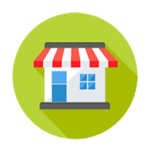
Understanding your business
I start with truly understanding the vision of key stakeholders by identifying which success metrics matter most to the business, and the business's unique value proposition. In addition, I analyze the business's current solutions, priorities, problems and pain-points in a measurable way.
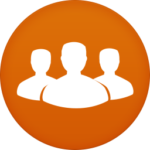
Knowing your users
The customers (i.e the users) are the lifeblood of every business. Understanding their goals, needs, problems and frustrations will give us insight into how to best serve them. After extracting the user's overall objectives I work on bridging the gap with the business's solutions to help customers achieve their outcomes more easily.

Analyzing your competition
Having a detailed analysis of your competitors and the current market climate is absolutely essential in creating effective design solutions. We must also be aware of how the market trends will change throughout the upcoming weeks and months ahead during project development.
Phase II: Defining the what and where
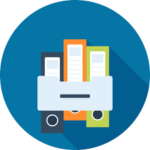
Organize & utilize
After collecting all the data from the discovery phase, I begin to synthesize this data so it can be implemented and tested in our design strategy.
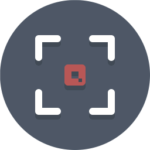
Focus on what matters
I then proceed to create a problem-solving design strategy that focuses on top key indicators that deliver the most positive impact for the business and its customers based on the "80/20" rule. (Focus on the top 20% of aspects, that will make 80% of the difference for the business and users.)
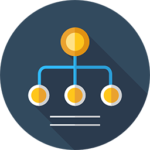
Develop information architecture
Now that we know where we should focus our efforts, I strategically map out all the task flows, user stories and user journeys that the customer will follow when using our products.
Phase III: Making it real
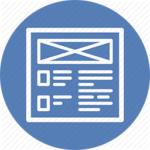
Wireframing & prototyping
Utilizing user-validated data and the information architecture from phase two, I design all the required deliverables and create rapid prototypes with regards to the MVP (minimum viable product) that will be used in user testing.
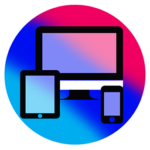
Design & test
I convert all wireframes to usable mock-ups to get rapid feedback from both users and stakeholders. I continue to iterate during this stage of the design process to validate the design's overall effectiveness and viability for the user.
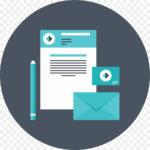
Branding & visuals
Once prototypes are QA tested and we meet our acceptance criteria, I begin implementing the product's brand identity: imagery, videography, color palette, textures, typography, iconography, and content copy in order to give our product the best representation that it deserves and a distinct personality that's memorable.
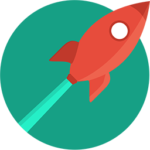
Product launch & marketing
This is where the rubber truly meets the road. The product is now deployed and marketed to the general public. Social media content, email campaigns and website content will be geared towards your product or service. All user data from this launch will be collected and tracked.
Phase IV: Track & Measure
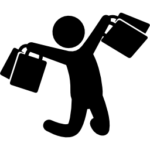
Engagement & happiness
After product launch, I proceed to track the customer's level of engagement by measuring customer feedback loops. Then I measure the users' and stakeholders' overall happiness with the product utilizing ratings, reviews and surveys.
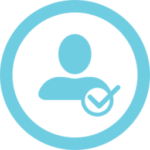
Adoption & retention
I continue to measure the user's conversion rate, bounce rate, and duration of product use to monitor the product's viability over time and its effect on the business itself. By measuring this user data, we can make adjustments and improvements as time goes by or make pivots if necessary.
Let's collaborate.
Have an upcoming design project or business challenge? Let’s chat so I can understand your situation and better serve you.

